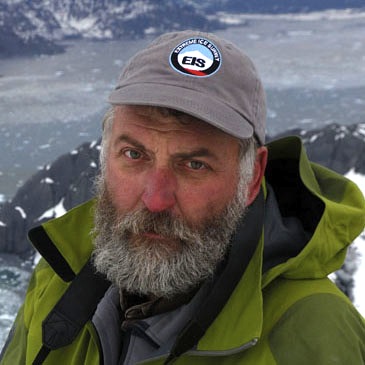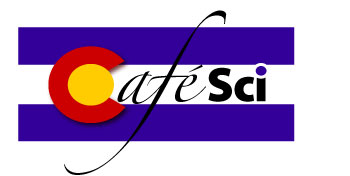About the topic
Bio
Get the Flyer (PDF)
About the topic
From a 2012 paper in Nature by Dr. Pfeffer and colleagues: Surface melt on the Greenland ice sheet has shown increasing trends in areal extent and duration since the beginning of the satellite era. Records for melt were broken in 2005, 2007, 2010 and 2012. Much of the increased surface melt is occurring in the percolation zone, a region of the accumulation area that is perennially covered by snow and firn (partly compacted snow). The fate of melt water in the percolation zone is poorly constrained: some may travel away from its point of origin and eventually influence the ice sheet's flow dynamics and mass balance and the global sea level, whereas some may simply infiltrate into cold snow or firn and refreeze with none of these effects. Here we quantify the existing water storage capacity of the percolation zone of the Greenland ice sheet and show the potential for hundreds of gigatonnes of meltwater storage. We collected in situ observations of firn structure and meltwater retention along a roughly 85-kilometre-long transect of the melting accumulation area. Our data show that repeated infiltration events in which melt water penetrates deeply (more than 10 metres) eventually fill all pore space with water. As future surface melt intensifies under Arctic warming, a fraction of melt water that would otherwise contribute to sea-level rise will fill existing pore space of the percolation zone.
What this implies is that although melting of the Greenland ice sheet is at an all-time high, not all the water is reaching the sea, as much is trapped in spaces within the ice sheet and its associated glaciers (shown dramatically in the Chasing Ice film). This makes sea level rise less directly related to melting, at least in Greenland. Dr. Pfeffer and colleagues have studied and modeled glacier and ice sheet changes globally, and are in perhaps the best position to tell us what the present status is and what the future holds.
"One of the things that troubles me most is that the rapid-fire publication of unsettled results in highly visible venues creates the impression that the scientific community has no idea what's going on."
- W. Tad Pfeffer, quoted in The New York Times
Bio
 W. Tad Pfeffer received a BS from the University of Vermont, and MS from the University of Maine, and a PhD from the University of Washington. He is Professor in the Department of Civil, Environmental, and Architectural Engineering at the University of Colorado Boulder, and directs the Glaciology Group in INSTAAR there. His research involves glacier dynamics; ice/ocean and ice/atmosphere interactions; heat and mass transfer in snow, ice, and porous media; mechanics and thermodynamics of continuous media; fluid dynamics; FEM methods in analysis of mechanics of continuous media and heat transfer; field and experimental methods in ice dynamics, snow physics and hydrology.
W. Tad Pfeffer received a BS from the University of Vermont, and MS from the University of Maine, and a PhD from the University of Washington. He is Professor in the Department of Civil, Environmental, and Architectural Engineering at the University of Colorado Boulder, and directs the Glaciology Group in INSTAAR there. His research involves glacier dynamics; ice/ocean and ice/atmosphere interactions; heat and mass transfer in snow, ice, and porous media; mechanics and thermodynamics of continuous media; fluid dynamics; FEM methods in analysis of mechanics of continuous media and heat transfer; field and experimental methods in ice dynamics, snow physics and hydrology.
The Glaciology Group is composed of faculty, post-doctoral researchers, and graduate and undergraduate students who are actively involved with research on glaciers, ice sheets, sea level and snow cover. Research interests include ice-flow dynamics and calving, sub-glacial and englacial hydrology, sea level change as controlled by the earth's small glaciers, climate change and glacier mass balance, and heat exchange within snow packs.
In the award-winning documentary film Chasing Ice, Tad Pfeffer is the glaciologist. As of 14 January the film is still showing at Chez Artiste in Denver. It's exciting and very beautiful, and will get you thinking about glaciers in a new way. A preview can be seen online. The picture here is of Tad as he appears in Chasing Ice, wearing the logo of EIS, the Extreme Ice Survey, which is the film's subject. He apparently no longer sports the beard. He's also an accomplished photographer, and one of his pictures of the Columbia Glacier was featured in the Art in Science| Science in Art exhibition.
